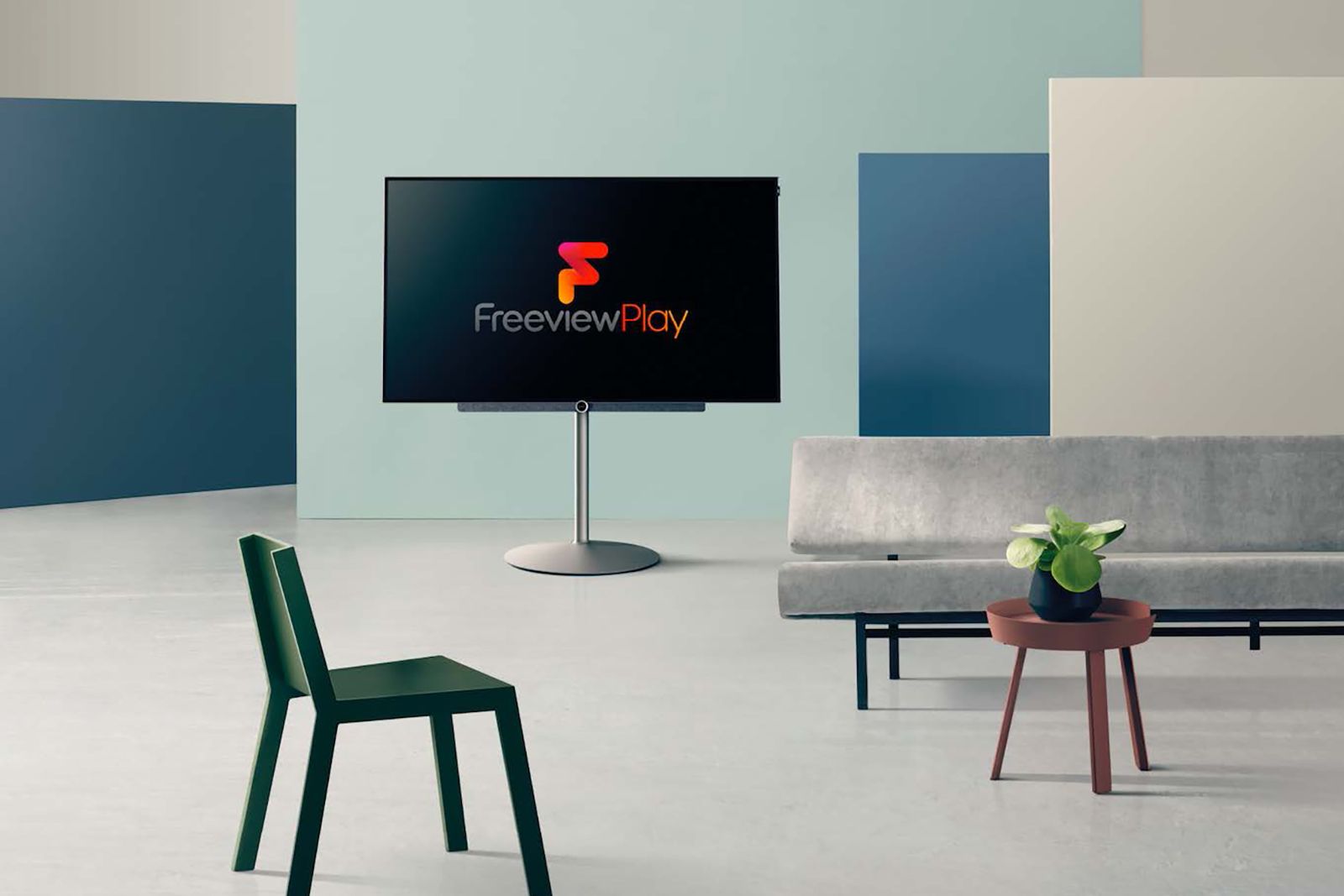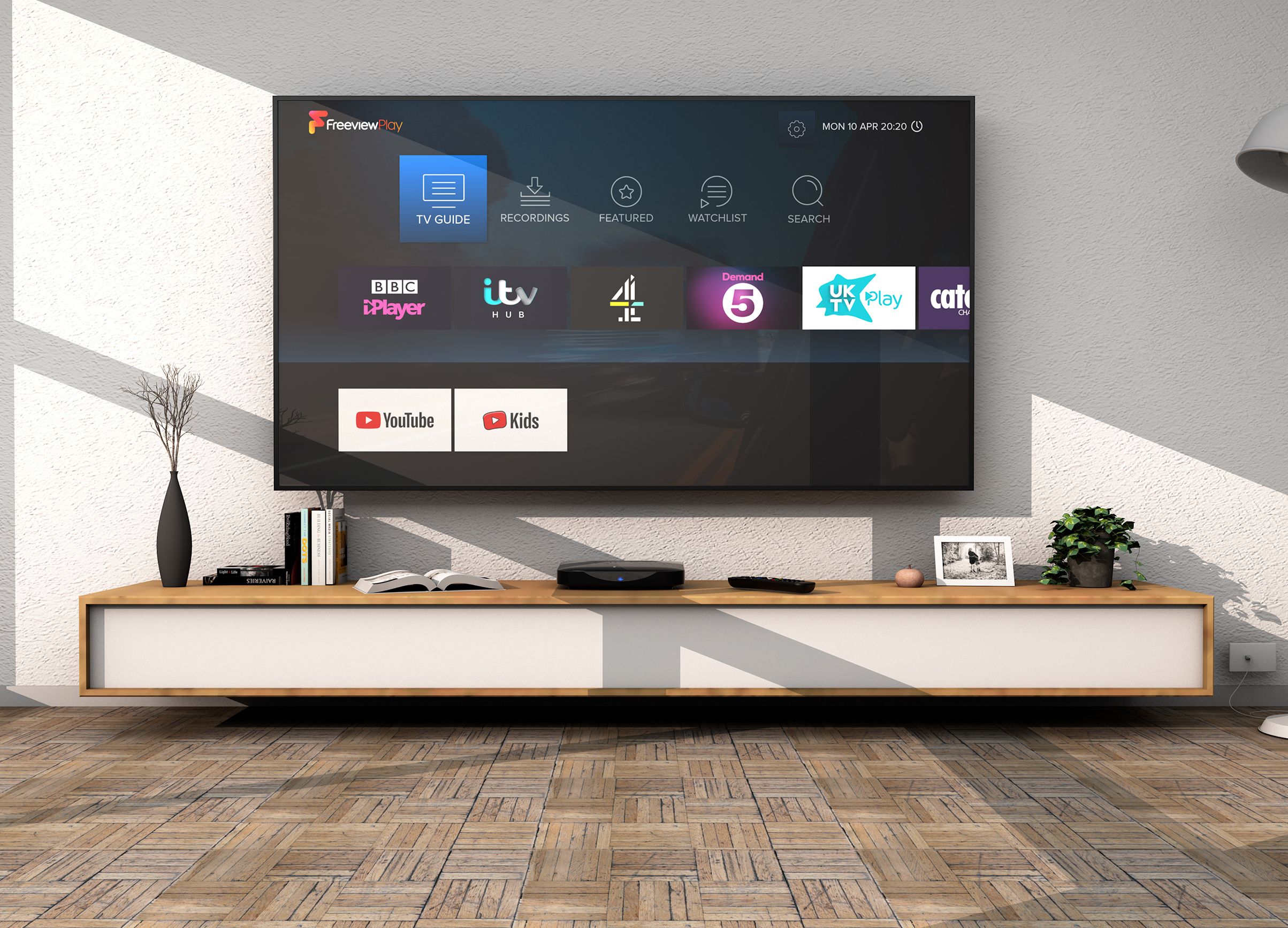Choosing a TV is far from an easy task. There are almost countless options, with an array of technical terminology and acronyms thrown at you. The good news is that there's also a huge range of really great TVs on the market now, any of which will have you watching movies and TV, and playing games, with crisp resolutions and beautiful colours.
Still, though, it's useful to have a sense for some of the criteria that you might want to keep in mind as you browse for a television - if you're not on top of some of these, you might not walk away with the perfect package. You'll get some great features regardless of what you choose, though.
Take Freeview, for example; it's built-in to new TVs now, meaning that you're immediately starting yourself off with a range of great channels built-in, which is an easy win. More on that later. For now, read on to find out what you should be looking for as you go about buying a new TV.
1. How big is too big?
To start off with, probably the single biggest choice you have to make about your new TV is an obvious one. How big is it going to be? There are some obvious practical sides to this.
Whatever size you existing TV is, you hopefully know those dimensions work in terms of fitting into a room. You might be looking to upgrade the size of the display as you move into a bigger location, or you might just be tired of squinting at your unit. But, either way, you're going to want to set yourself a size range, and aim to stay within it as you're tempted by deals and options.
Nobody wins if you've got a small space to fit it in, but end up being won over by a cut-price 75-inch television, so get your tape measure out and get calculating. The work you put in to determine the right size will be time well spent.
2. Are you going 4K?
The next big question is all about resolution. A few years ago, we would have been tempted to say that 4K was still a little way off for most people and that you, therefore, might not need to bother with a 4K TV.
Now, though, the landscape's changed. More and more TV channels are offering the option to watch in 4K, as well as streaming services like Netflix and Amazon Prime Video. With the arrival of the PS4 Pro and Xbox One X, meanwhile, console gaming is starting to output at higher resolutions too - let alone what the next-gen versions will offer in late 2020.
So, all in all, we'd highly recommend future-proofing yourself by opting for a 4K model. That said, there's no crime in disagreeing, and if you see a particularly desirable model that isn't 4K-ready, it could still easily be the choice for you, especially if you're not looking for 4K as a priority, or your broadband speeds don't really allow for it anyway.
3. To OLED or not to OLED
Next up is the question of screen type, which is where things get a little technical. For a long time now, flat-screen TVs have typically used LED screens. Increasingly, though, the best TVs in the business use OLED displays. These have higher pixel density, deeper blacks and better colour contrast, which is a pretty convincing set of upgrades.
The downside to this, though, is that they're more expensive to make and sell, so you can expect to pay more if you want the OLED goodness. For our money, it's definitely worth the upgrade, as you'll notice the benefits each and every time you use the TV.
4. Freeview, because why wouldn't you?
Let's be honest; we all love free stuff. Freeview, as many Brits know by now, is the definition of free stuff if you buy the right TV. It's good enough that the service gives you channels without any recurring monthly cost like so many competitors, or that a Freeview Play device lets you access catch-up services on those channels.
But that you can get it built-in to your TV without any extra work required, and with no set-top box or streaming stick necessary feels like cheating. When you buy a new TV in the UK, it'll come with Freeview as standard. All you need to do is bring an aerial to the party and you're away.


